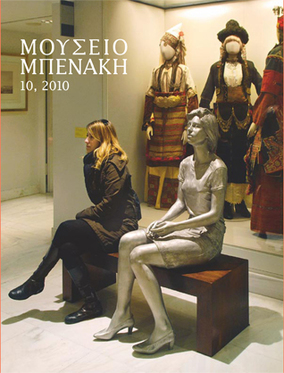Ο Καραγκιόζης και ο Καραγκιόζ, σεμνοί πρόδρομοι των ΜΜΕ
Part of : Μουσείο Μπενάκη ; Vol.8, No.2008
Issue:
Pages:
-
Parallel Title:
Greek and Turkish Shadow Theatre
Section Title:
Articles
Author:
Abstract:
Both in Greece and Turkey shadow theatre was a very popular art form with very similar characters, sets and even some of the plots enacted by anonymous puppeteers in a one-man show. But, although Karaghiozis/Karagφz belongs to a folk tradition, it is an indication of how sophisticated the historical and cultural exchanges between the Greeks and the Ottomans were. The Greek Karaghiozis is easily identified as the continuation of the Turkish Karagöz. Historically the latter, the folk theatre of the Ottomans, portraying the daily life of a multiethnic society, died with the Empire. Karaghiozis was born immediately after the War of Independence and it portrays the Greek struggle against the Turks, with the pasha as the target of the main character’s tirades. Karaghiozis adapted the stock characters, some basic dialogues and the most popular plots dealing with everyday life from Karagöz. But, all these elements had to be transformed in order to reflect a different audience and a new identity. There was a fundamental process of assimilation and Hellenization in Karaghiozis, which ultimately completely transformed it in order to appeal to the requirements of the new citizen of Modern Greece. The political and social comments infiltrated daily into the improvisation, a basic characteristic of shadow theatre in both countries, were the guarantee that it was a genuine form of folk art and represented only its own people.
Subject:




